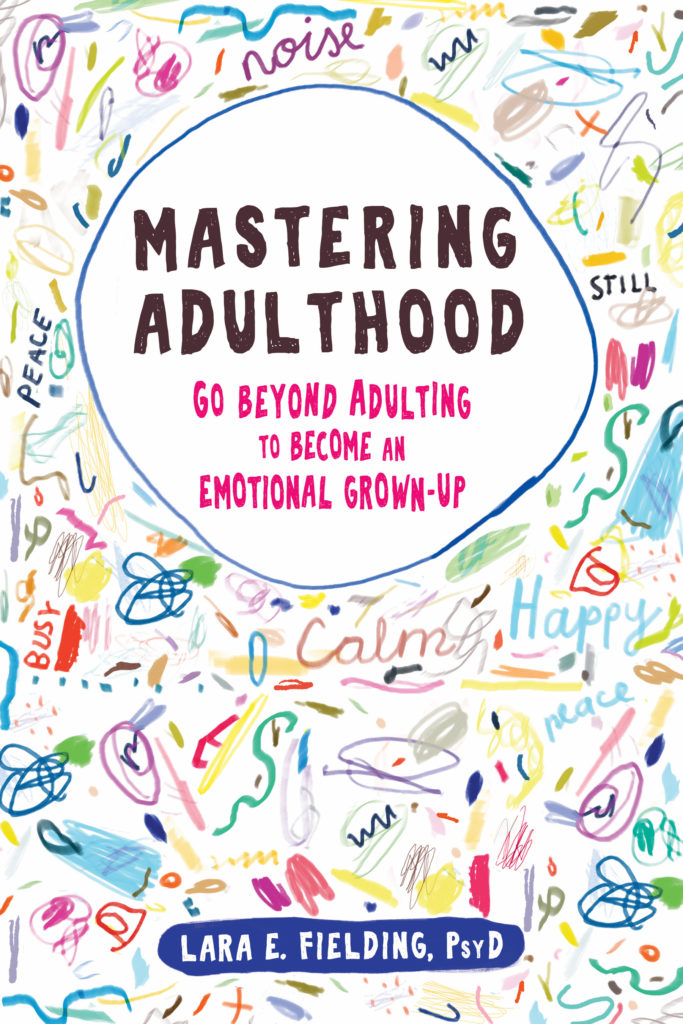But do you know and own the things you do? Do you know your own emotional habit patterns?
This blog is the first in a series of short vignettes. As noted last week, each will highlight a common emotional habit pattern, which can sneak up on you unexpectedly, and derail the success you seek.
So read forward – and be honest – let me know if something sounds familiar!
Perfectionism to your Peril: Camille
It’s a Saturday night as Camille unlocks her apartment door, greeted by her cat and a refrigerator void of all but some – past their prime- vegetables and boxes of protein bars. Another evening absorbed by an abysmally boring networking event.
As she throws herself on her lonely bed, overflowing with pillows, followed by the cat, she is already posting the selfie she took with the hostess of the event. “#Amazingevening @CertainSocialite #event! #lovemylife!” and hitting send as she rolls from her elbows to her back with a sigh of exhaustion. “I hate my life,” she whispers as she passes out in full makeup and her evening cloths.
That Thing She Does: What You See on the Outside
When we see a perfectionist from the outside, we tend to think they have it all together. They have somehow achieved the Nirvana of no worries, no problems or discomfort: They have arrived. But the perfectly curated life they show us on social media, and in life, very often belies a profound internal struggle.
Together with the perfectly lit selfies, delightfully staged apartments, and enviable employment, the occasional sign or symptom of the underlying discomfort may slip out. These folks may appear a bit uptight, detail oriented, often overly critical. As a result, they may be more than a bit cranky. This is what you see on the outside.
Why She Does It: What Might be Going on Inside
In my practice as a behavioral psychologist, I help people uncover why they do the things they do, where those things might be sabotaging success, and how to practice more skillful alternatives. Not only the ‘because my parents did x,y, or z’ way. More importantly, we look for the unique emotional habit patterns, which get in the way of the life you want.
Emotional habit patterns are the things we do, and the ways we think – in reaction to particular triggers. Our unique past experiences get programmed into a hardwired and complex Emotions – Thoughts – Actions (ETA) system. The hardwiring can’t be changed. However, we can intervene and apply skills to short circuit and override your emotional reaction, and prevent the system from spiraling out of control (you spiralizers know who you are).
Rewind to Camille – She wakes up fully clothes, appalled (#judgment) by the look of smeared mascara and the smell of B.O. She rolls over to refresh her Instagram post when she realizes she misspelled the host’s name! These are the facts of the situation, as everyone would agree they occurred.
Then her internal reaction kicks in: A wave of fear rushes over (her primary emotion), which quickly turns to shame (a secondary emotion). Her thoughts, “What’s wrong with me?” and “I’ll never be happy,” activate bodily sensations of her heart racing, muscle tension, and flushing in her face. She has the urge (action impulse) to delete the photo but realizes it has already been seen by the host and countless others. Instead, with no way to solve the problem, she pulls the covers over her face and goes back to sleep.
Most of us are not aware of the self-perpetuating effects of the ETA system: The things we do, and ways we think to avoid, suppress, or minimize the discomfort keep it going around and round. Of course, it is natural for us to not want to feel vulnerable or less than perfect in public. Or worse anxious or ashamed. But what happens after Camille wakes up and half her day is gone? The short term solution – fuels the problem of perfectionism: She doubles down on her perfectionism driven self-judgements, which keep her stuck in unhappiness.
The Skillful Alternative: Self-Compassion & Acceptance
The anecdote to getting stuck in painful emotions is always counter intuitive. The practice is to step back, name and tame the ETA system, and then choose to employ skillful alternatives.
The skillful alternative for Camille was for her to practice bringing kind and gentle awareness to her experience. Instead of acting on the autopilot shame and anxiety by hiding, we came up with exercises for her to practice just noticing the judgments, action urges, and bodily sensations. Her self-compassion practice helped her to connect to the awareness that she is human and all humans are perfectly imperfect.
The Practice: Soften, Soothe, Allow
It can be very difficult to confront painful emotions. Self-compassion provides us with the safety net and courage to overcome even the most challenging experiences. A teen client of mine once cleverly said, “We are who we are because of what we grow through.” Ready to grow? Here’s a simple yet powerful self-compassion exercise, courtesy of the developers of Mindful Self-Compassion (MSC):
1. Kindly label the emotion (“this is fear,” “shame is here”).
2. If you can feel it, you can heal it. Warmly acknowledge where in your body you feel the emotion the most (“tightness in chest,” “sinking feeling in stomach”).
3. Soften, Soothe, and Allow:
Soften into the body by breathing into this area as you imagine pouring warm water over it. Do not try to eliminate the sensation, just hold it with tender awareness.
Soothe the body by placing a hand over your heart and sending yourself supportive messages (“May I be kind,” “May I forgive myself,” “May I hold myself in loving awareness”).
Allow the discomfort to be there, make space for what is, allow what is to come and go, like waves in the ocean.
4. Repeat Softening…soothing…allowing, as needed. When we ride the wave of our emotion, we build resilience and break unhelpful patterns of reactivity!
This blog is inspired by Dr. Fielding’s upcoming book: Mastering Adulthood: Go Beyond Adulting to Become an Emotional Grown-Up, which includes QR code linked skill videos to guide you on your journey of self-discovery and emotional self care! To get the blogs, AND a free skill video, straight into your inbox, sign up for the Mindful-Mastery SKILL WEEKLY newsletter. Or check back here next week for the next post: The Workaholic Pattern. We can also hang out on Facebook, Twitter, or Instagram. Or YouTube for skills videos!


